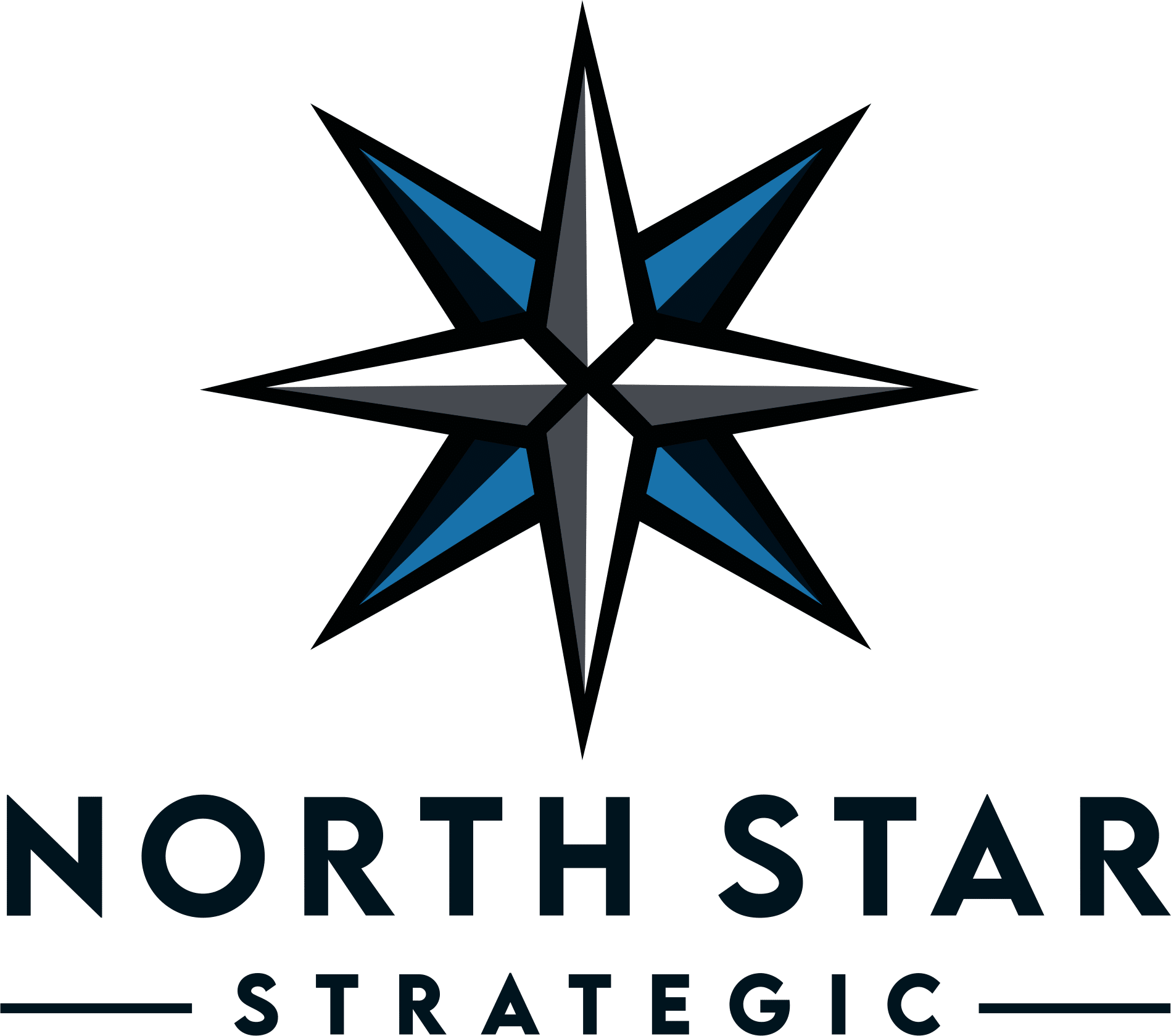McKinsey & Company, in the article “Purpose, Not Platitudes: A Personal Challenge for Top Executives,” explores how CEOs and senior leaders can authentically embody and implement their organization’s purpose. The article emphasizes that aligning personal actions with corporate values is crucial for fostering employee engagement, enhancing organizational performance, and positively impacting society.
As the article aptly states: “In today’s business landscape, it’s imperative for top executives to move beyond mere rhetoric and genuinely integrate purpose into their leadership approach.”
Why is this important?
Employees increasingly assert that meaningful work is essential. Fulfillment, satisfaction, and performance improve when employees believe their company embodies and models purpose in decision-making, hiring, culture, and long-term planning. McKinsey identifies a “sweet spot” where 44% of employees say their company’s purpose aligns with their personal sense of purpose. Within this sweet spot, remarkable benefits emerge:
- 87% of employees intend to stay with the company.
- 77% are highly engaged in their work.
- 93% are willing to advocate for the organization.
Employees also report that purpose-driven companies positively impact customers, colleagues, the organization, and society at large.
A Couple of Beliefs from My Experience:
1. Purpose Cannot Be Crowdsourced
Purpose is deeply rooted in a company’s history. As Ranjay Gulati explains in his book Deep Purpose, organizations seeking to define or rediscover their purpose should look to their origins. The founding stories, original missions, and motivations behind the company’s creation hold the seeds of authentic purpose.
Key insights from Gulati:
- The Founder’s Intent: The vision, values, and motivations of the founders often define what the organization stands for and its unique role in the world.
- Timeless Principles: Reconnecting with origins reveals principles that remain relevant and meaningful over time.
- Authenticity: Purpose derived from history resonates authentically with employees, customers, and stakeholders.
- Legacy as a Compass: History serves as a compass, guiding strategic choices that align with core values and impact goals.
2. Purpose Must Be Connected to Action
Purpose isn’t effective as a vague idea or outline. It must be integrated into work and modeled consistently. As the article states: “It only started to resonate… when we connected it to what we were doing.”
Employees are savvy and often time-starved. A hollow initiative or superficial cultural effort can quickly backfire, damaging credibility and frustrating your team. But if purpose is genuinely embedded in your leadership approach, it becomes a powerful force, bringing meaning to the organization, employees, and society.
Final Thought
If you’re committed to aligning purpose with leadership, this will be a worthy endeavor—not just for your organization but for you and the broader community.






